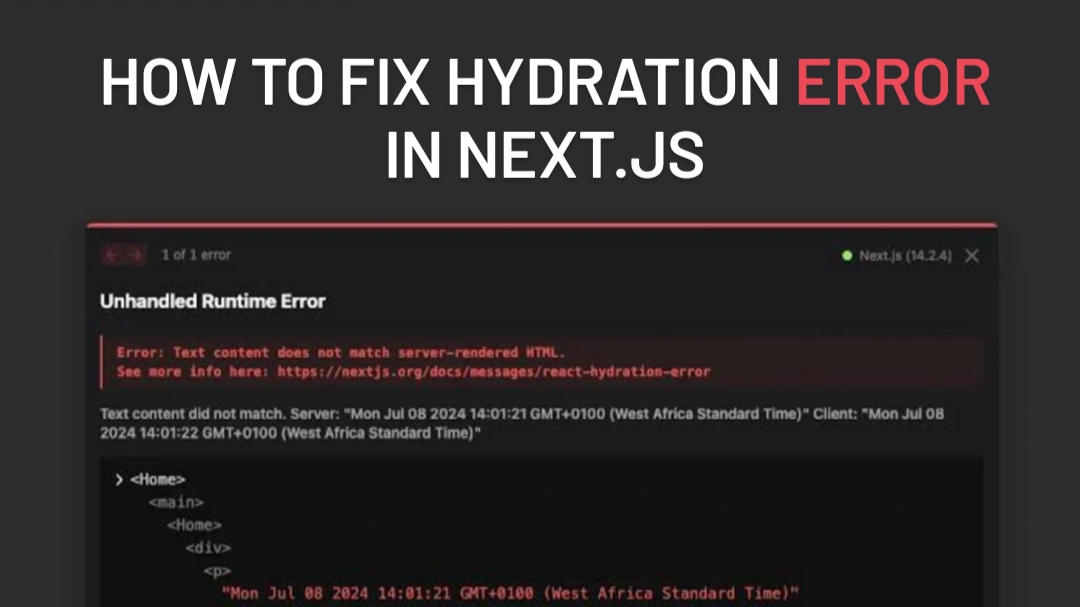State Management in React with Redux Toolkit

When I was working on a mutual fund website that involved managing a lot of complex data across different components, Redux Toolkit (RTK) made my life so much easier.
Initially, managing state in a large application felt overwhelming, with too many actions, reducers, and boilerplate code.
But when I switched to Redux Toolkit, it simplified everything — making it not only easy to manage but also faster to implement.
In this blog, I’ll walk you through how to set up Redux Toolkit in a project and also tackle some common challenges you might face along the way.
Why Choose Redux Toolkit?
Redux Toolkit eliminates a lot of the complexity that comes with traditional Redux.
It:
- Reduces boilerplate code — No more writing multiple actions, reducers, and constants manually.
- Has built-in Redux DevTools support for easy debugging.
- Comes with
createSliceandcreateAsyncThunkthat simplify state updates and API calls.
If you're working on a project that needs to manage a lot of state or frequently updates data, Redux Toolkit is the way to go.
Step 1: Install Redux Toolkit and React-Redux
To get started, open your terminal and run:
That’s it. You’re ready to move on!
Step 2: Set Up Redux Toolkit in Your Project
Create a Redux Folder Structure
In your src folder, create a redux folder with the following structure:
Create Your First Slice
Inside redux/slices/dataSlice.js:
Set Up the Redux Store
Inside redux/store.js:
Wrap Your App with Redux Provider
Open your index.js or main.js and update it:
Step 3: Using Redux in Components
Access Redux State
To get data in your component:
Dispatch Actions
To update state from your component:
Common Challenges and How to Fix Them
When I first used Redux Toolkit on a large project like the mutual fund website, I faced some issues that might trip you up too. Here’s how I tackled them:
- Forgetting to Wrap with Provider
- If your Redux state is not accessible, make sure you have wrapped your
Appcomponent withProviderinindex.js. - Incorrect Slice or Reducer Name
- Double-check the name of your slices and reducers. If you name your slice
dataSlice, your reducer will be available atstate.datanotstate.dataSlice. - Async Operations Not Working Properly
- For API calls, make sure you use
createAsyncThunkwhich helps you handle asynchronous actions without extra middleware.
Bonus: Handling APIs with createAsyncThunk
If you need to handle API requests, createAsyncThunk makes it seamless.
Conclusion: Why Redux Toolkit is Worth It
When I implemented Redux Toolkit in the mutual fund project, it simplified complex state management. It reduced the amount of boilerplate code and made it easier to debug and maintain.
If you’re working on a large project or something that involves multiple data sources and complex state management, I highly recommend giving Redux Toolkit a try. Once you get a hang of it, managing state becomes second nature.
Got stuck somewhere? Let me know, and I’ll be happy to help!



